Home • Archives for Anastasiia Pushnia
Anastasiia Pushnia
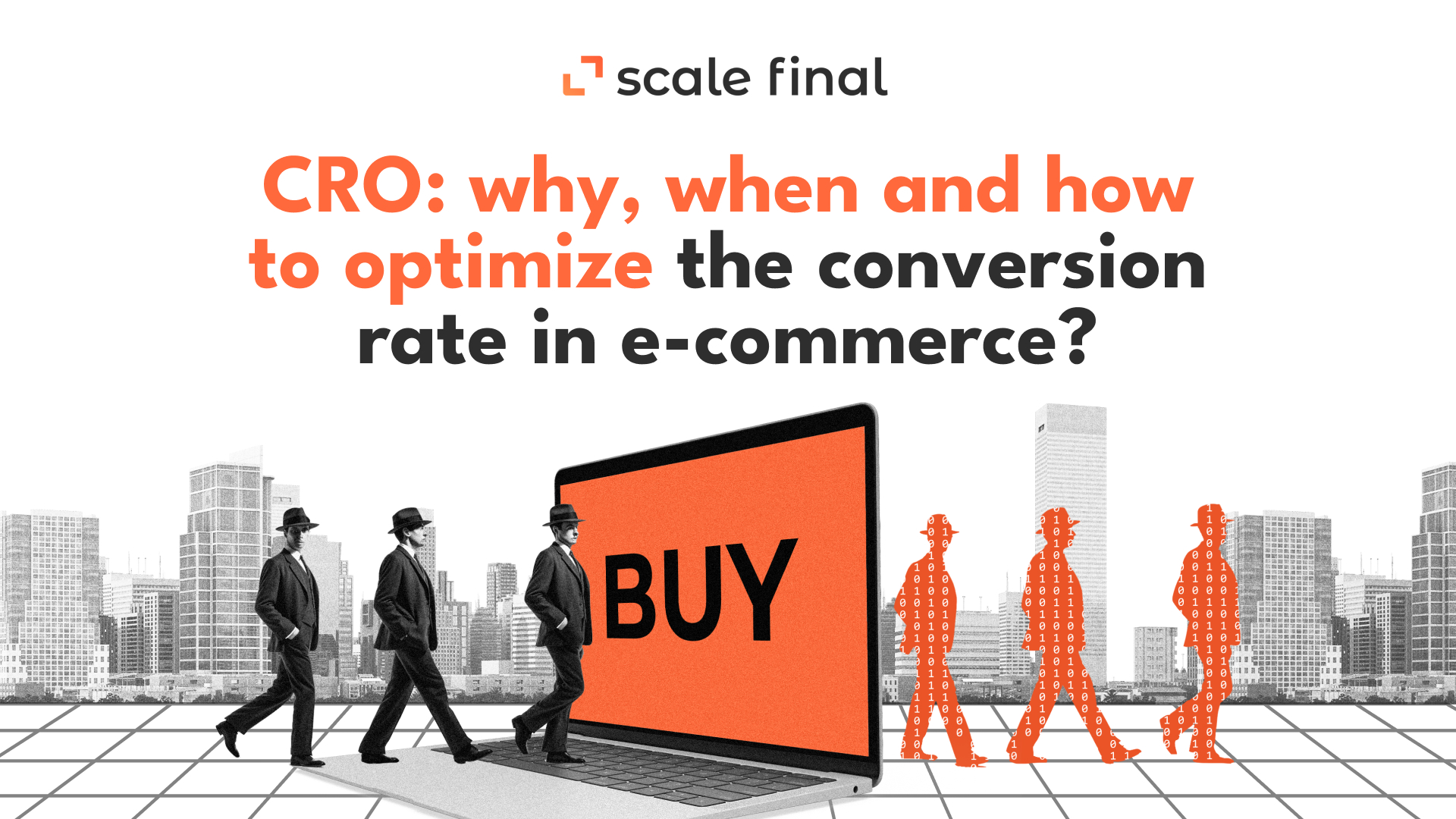
CRO: why, when and how to optimize the conversion rate in e-commerce?
July 21, 2023Optimization
CRO (Conversion Rate Optimization) refers to activities aimed at increasing the percentage of users who complete a particular action (e.g., an order on a website). In the early 2000s, after the dot-com bubble burst in 2001, marketers recognised the need for CRO. The massive collapse of Internet startups showed that investment and advertising weren’t enough to make an online business a success. Building a user journey is essential so that as many visitors as possible become customers. Today, CRO is one of the most significant growth areas in e-commerce. Because through conversion optimization, you can increase your sales without increasing your advertising budget. Is conversion optimization always applicable, and how can you determine if CRO works for your business? Let’s take a closer look at it. When should I use CRO? CRO is a universal tool suitable for most industries and types of online businesses. Still, there are situations when you can see the biggest impact of CR optimization. We’ll talk about them below. 1. Optimization of the top of the funnel doesn’t bring results We’ve compiled a checklist of 5 questions to help you realize that you might need CRO. So, your website/app: If you answered “yes” to most of the questions, but still aren’t getting the business results, pay attention to your customer journey. 2. CR of your website/app is below market benchmarks By comparing CR on different devices with the corresponding industry average, you can assess whether your funnel is running well now or whether it’s better to optimize it. You can track the current benchmarks and their dynamics by month via DynamicField 3. You have enough traffic to conduct A/B tests One of the most essential tools for testing hypotheses in CRO is to conduct A/B, A/B/C, and A/B/n tests. If by the end of the test, there is a statistically significant increase in conversions in the test group compared to the control group, the hypothesis is considered confirmed. Note: A strong hypothesis is crucial for statistically significant results and a sufficient sample size for the test. Learn more about classic a/b testing: CRO from scratch. Part 2. And multi-armed bandit testing: Multi-armed bandit vs A/B test: choose your fighter How to increase conversion rates in e-commerce with CRO? CRO isn’t a chaotic but a systematic process with several repetitive steps. Step 1: Search for insights In this phase, you analyze the user journey on the website or app using analytics and look for funnel bottlenecks. The deeper you go into this phase, the more meaningful hypotheses can be derived from it. Funnel bottleneck is the term used to describe the phase in the customer journey where potential customers bounce at a high rate, which reduces the conversion rate. Tip: We recommend custom reports, analyzing user behaviour of different segments, and looking for patterns in successful and unsuccessful interaction scenarios with your website. Step 2: Creation of hypotheses Create hypotheses based on the patterns you found in Step 1. Example: You found that the conversion rate of a segment that uses search during a session is 50% higher than that of a segment that doesn’t. Hypothesis: If you fix the search bar while scrolling the page, you’ll increase the conversion of users to customers because you make the search function more visible. Step 3: Development of the test design You are getting ready to test hypotheses. Steps: Attention to detail is most important at this stage. You don’t want to waste time with invalid test results you can’t interpret. A proxy metric is an indirect metric that affects a key metric. Step 4: Test You run the test with the users, monitor the correctness of the data collection, and draw conclusions until the end of the test. It’s necessary to achieve statistical significance. There are AI testing solutions you might want to try: Conversion intelligence: AI for CRO Step 5: Scaling After completing the test, you analyze the data obtained and decide whether to scale, stop or optimize. Note: The same hypothesis can bring a statistically significant increase in conversions for one segment, a decrease for another, and no effect for the third segment. Therefore, in the decision phase, you should look at the results for all important segments and analyze the impact of the tested changes on other business metrics. What is HADI for CRO? HADI is an abbreviation for the four steps of any hypothesis testing: Hypothesis (H): Formulation of an educated guess or prediction about a possible change that could improve conversion rates. Action (A): Taking the necessary steps or implementing changes to test the hypothesis. This may include changes to the website’s design, content, or functionality. Data (D): Collecting and analyzing the test data using analytics tools to determine the impact of your changes on conversion rates or other key metrics. Insight (I): Concluding the data and gaining insights that you can use for future CRO strategies. This may mean identifying successful changes that you can apply more broadly or identifying areas where further testing is needed. Tip: We recommend starting and ending the testing cycle at the letter “I” (Insights). The insights gained before and after the implemented changes allow you to interact more effectively with users and lead them more seamlessly to conversion. When combined with other strategies, such as user experience research and data analysis, the HADI model can effectively increase e-commerce conversion rates. Ready to optimize your conversion rates? At ScaleFinal, every business is unique and requires a personalized approach. If you’re just starting your CRO journey or find that your current strategy isn’t delivering the results, our AI-powered CRO audit is the perfect starting point. AI eye-tracking technology allows us to identify potential bottlenecks and opportunities in your conversion funnel and provide valuable insights to improve your website’s performance.Don’t leave your growth to chance. Let ScaleFinal guide your path to higher conversion rates. Start your CRO journey with us today.

Conversion intelligence: AI for CRO
May 31, 2023Optimization
Hi everyone. To break the feeling that the future just arrived, we should say that artificial intelligence has been with us for a long time. In 2016, we were all praising chatbots. Or how, for example, Volkswagen replaced an entire marketing agency with AI. But what has changed? The answer is simple: accessibility. Like any marketer, you simply couldn’t handle so much data. Collect, analyze, test, implement, test. All of that has radically changed with the mass adoption of AI. If we briefly summarize our series of posts on conversion optimization, here’s what comes out: If you want to increase sales but don’t have enough traffic, you can hardly do serious A/B testing. If you can’t do the test, you can’t improve the product. And guessing is kind of out of the question, too. CRO from scratch: Part 1, Part 2, Part 3 AI for CRO is here to help with fundamental problems of conversion rate optimization: Now everyone can join in without breaking the bank. How AI is changing CRO? In traditional CRO, you’d typically launch your campaign, evaluate its performance, and then run A/B tests to optimize. AI for CRO tools, however, are revolutionizing every stage of this process. This led to each step taking less time. And as mentioned above, it’s also much more accessible. With tools like AI eye-tracking, heat maps, and predictive analytics, you can test your hypotheses even before launch. You don’t need expensive tests, machines, or lots of people. AI copywriting tools can create a compelling, conversion-focused copy. That obviously would be not a final version, you can still tweak it. As for testing, it gets even better with AI-powered tools. They’re faster, more adaptable, and can automatically segment your website visitors. Then they direct each visitor to the variant that has the greatest chance of increasing your conversion rates. AI conversion rate optimization steps CRO is a clear system. It consists of 6 steps: The seventh step could be ‘repeat’, but that is also clear. To test a hypothesis, we only test it and don’t change several elements at once. With AI implementation, we aren’t reinventing the wheel. There is AI software for each of the steps. Step 1. Strategy The process begins with goal setting. Of course, the AI isn’t involved in this process. Although, you can ask ChatGPT to give you a goal and the meaning of life, but let’s leave it. Your conversion goal could be as simple as increasing conversions. Others: lowering customer acquisition costs, maximizing traffic, or attracting better-fitting customers. The goal is set. AI with predictive modeling comes into play. The market is full of programs to help with this, such as Obviously.ai. You can get the answers to all the “What if…” and decide which strategy is right for you. AI can also help with product development. You can create a user persona. Based on lots of data about demographics, behaviors, goals, and motivations, you can tailor your product to your target audience. For example, with User Persona. Step 2. Research Understanding why people come to our site in the first place used to require collecting a lot of data. For starters, use on-site data and analytics. That could be as simple as calling customers and recording conversations. You could also use more sophisticated software that recorded heat maps, mouse movements and so on. You could do even more complicated things and do traditional neuromarketing research: That is, you could put people in front of cameras or wires that record their eyes and try to figure out how certain elements affect perception. We talked about this topic in Neuromarketing is gold? But what do we do now with all data? Analyze it with AI. Steps 3-4. Data collection and analysis We’re also supercomputers, but of course not so powerful. And why torture people when you can use AI tools that do the job much faster? We all use Google Analytics. We and over 28.1 million websites. Google Analytics is powered by AI and it helps you make sense of all the data your website collects. Basically, it sifts through the massive amount of information and surfaces trends in your website’s performance. Keatext and similar tools analyze large amounts of subjective customer feedback, including surveys, reviews, chat logs, and social media posts. Based on this analysis, they provide actionable insights. We can go even further. Scale Final‘s AI eye tracking softwarel simulates how real people would interact with your website. Using machine learning and extensive image data from eye-tracking studies, our AI heatmaps achieve a 90% accuracy rate compared to human studies. Step 5. Testing Traditional A/B testing is slow. It takes forever to complete, demands loads of data, and you can only test a few variants at a time. Not to mention you couldn’t optimize anything until the test was over. Tools like ABtesting.ai is here. They provide automatic suggestions for your headline, copy, and call to action, saving you valuable time and effort in testing. With AI for CRO A/B testing, you don’t need a huge amount of traffic either. You can test multiple variants at the same time. Plus, you can personalize different versions based on user behavior, location, and other characteristics. Learn machine learning testing: Multi-armed bandit vs A/B test: choose your fighter 6. Optimization Optimization is on you, just like as we said in The future of content: AI revolution. Take a look at your list of changes and hypotheses, and start putting them to action.
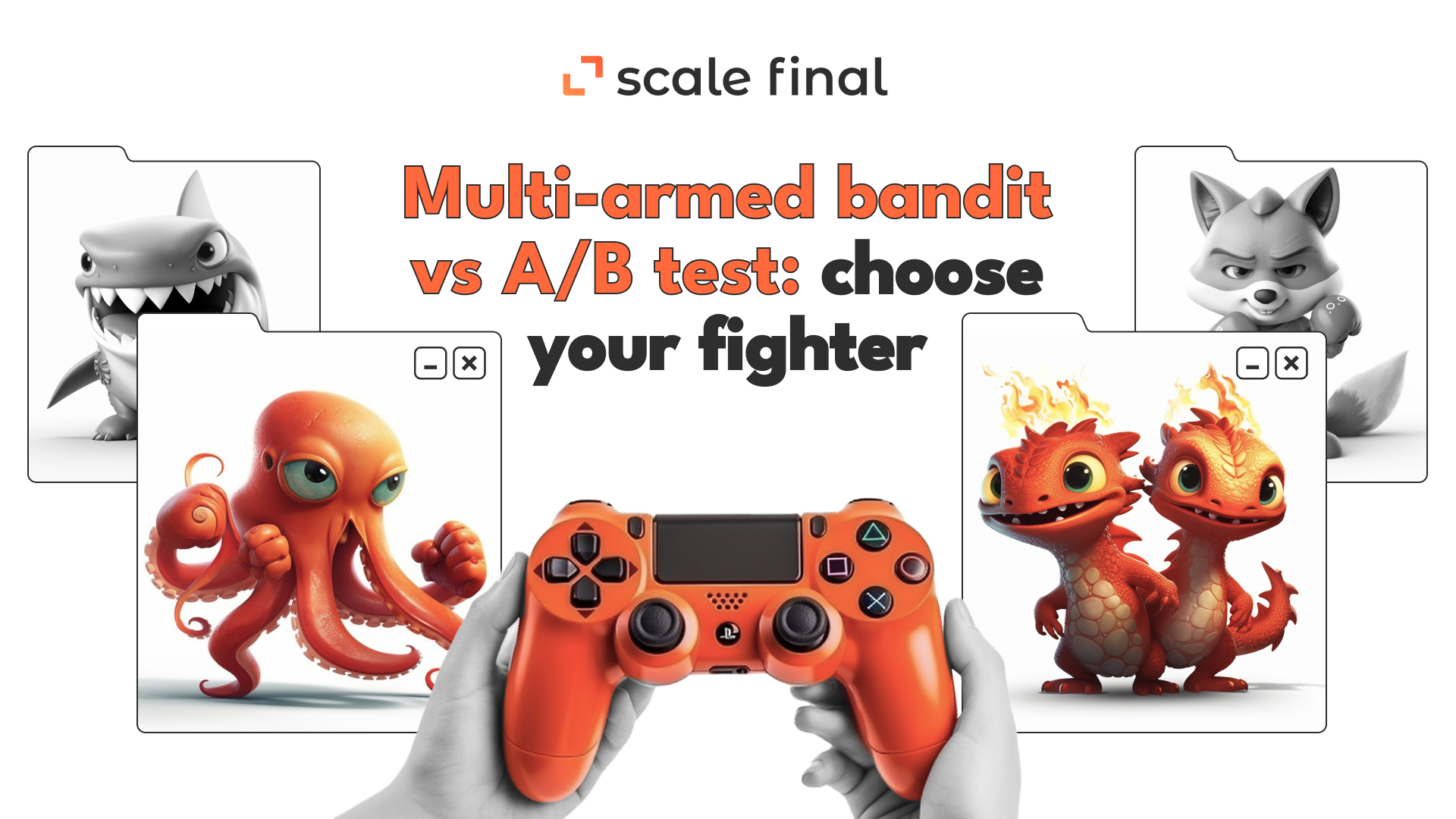
Multi-armed bandit vs A/B test: choose your fighter
May 4, 2023Optimization
If you’re stuck on choosing a color for CTA buttons, you’re not the only one. Honestly, we don’t know either. Good thing A/B testing knows. A/B testing or split testing – the most common method of conversion optimization. Here’s how it works: Traffic is distributed among 2 versions of your digital property. 50% of the traffic goes to the control version and 50% to the challenger version. This continues until the there’s enough data to decide which version is more efficient. Two problems stand out in the application of this method: Missed a detailed explanation of the A/B testing? Learn more in CRO From Scratch. Part 2. For we’re about to change the percpective now, and tell you about the multi-armed bandit testing. The difference between the multi-armed bandit algorithm and A/B testing is how the experiment is split between the exploration phase (getting enough results to make a decision) and the exploit phase (redistributing traffic). In split-testing, traffic is studied first and then redistributed to the only effective version: Multi-arm bandit solves the resource allocation dilemma between explore and exploit phases in a different way. Instead of two separate periods, it runs fluidly. Bandit testing is adaptive and allows you to simultaneously study and dynamically allocate traffic based on the data obtained: So bandit testing minimizes the cost and the difference between what you really get and what you could have gotten if you had chosen the best option at each stage. Why the multi-armed bandit test minimizes costs? Running A/B tests for different versions of your digital property is expensive. You need to buy traffic for Apple Search Ads, Facebook Ads, and Google Ads to get a sufficient number of users for reliable results. Of course, sometimes cutting corners is not an option. If you make poor decisions in the design or pre-launch phase of your product development, it can turn into a disaster. However, some things require quick results and you can tolerate uncertainty. For example, running experiments before you launch a seasonal promotion or limited-time event. When to use multi-armed bandits? Bandit algorithms are suitable for short-term testing for obvious reasons. If A/B tests were used, there would be no time to apply the data obtained. Bandits allow you to change the course of the tests based on the results in real time. I.e. traffic directs to the best version faster. We recommend to use them when time resources are limited for both explore and exploit phases. Short-term testing Headlines Headlines are the best objects for bandit algorithms. Why apply the classic split test to headlines if, by the time you figure out which option is best, the actual time for that headline has already passed? News has a short life cycle, and bandit algorithms will quickly figure out which headline is more effective. Short-term campaigns and promotions Similar to headlines, you lose a lot if you prefer A/B testing and your campaign only runs for a week. You obviously don’t want to experiment with half your traffic – by the time you get reliable results, the campaign will expire, and there won’t be time to use the successful options. Long-term testing Surprisingly, bandit tests are also effective in the long term and for continuous testing. Set it and forget it (large-scale automation) Since bandit algorithms redirect traffic to more efficient versions, you get a minimal-risk solution for long-term optimization. If you’re wondering how to decide in which order to display screenshots on your app’s product page, a multi-armed bandit test can make things very simple. Just automate the task and let it work. Targeting Another example is targeting, which is optimal for displaying specific content and ads in custom apps. The contextual bandit algorithm helps you avoid the typical mistakes with audience heterogeneity. Bandit algorithm solves this problem by applying the targeting rules derived from research to a general segment of users, while continuing to look for different rules for less common users. Conclusion Overall, multi-armed bandit testing can be a powerful tool for marketers to optimize their strategies and improve their ROI, but it requires careful planning and execution to be effective. For example, multi-arm bandit tests are more efficient for early-stage startups with insufficient user traffic because they require a smaller sample size and provide faster results than A/B tests. In addition, bandit algorithms can quickly determine the winner when testing multiple variants. Unlike A/B testing, which can only test two groups at a time, multi-armed bandit testing can test four to eight variants simultaneously. In some cases, A/B testing is still preferable, such as when testing a new feature or design where less information is available in advance about how users will respond. Ultimately, the decision between multi-arm bandit testing and A/B testing depends on the specific goals and constraints of the marketing campaign, as well as available resources and expertise.

5 worst tips to lose a client
April 19, 2023Marketing
The simple truth about our customers is that they expect us to meet their expectations. Those are the things we put on this list. On the surface, these things were actually made to please.
Things like bombarding customers with daily emails and notifications, a clumsy and unclear loyalty system, and constant discounts are things that will surely make them leave us.
We won’t deal with things that are clearly a no-no, like unprofessionalism, lack of support, shaggy products, and overall poor customer service.
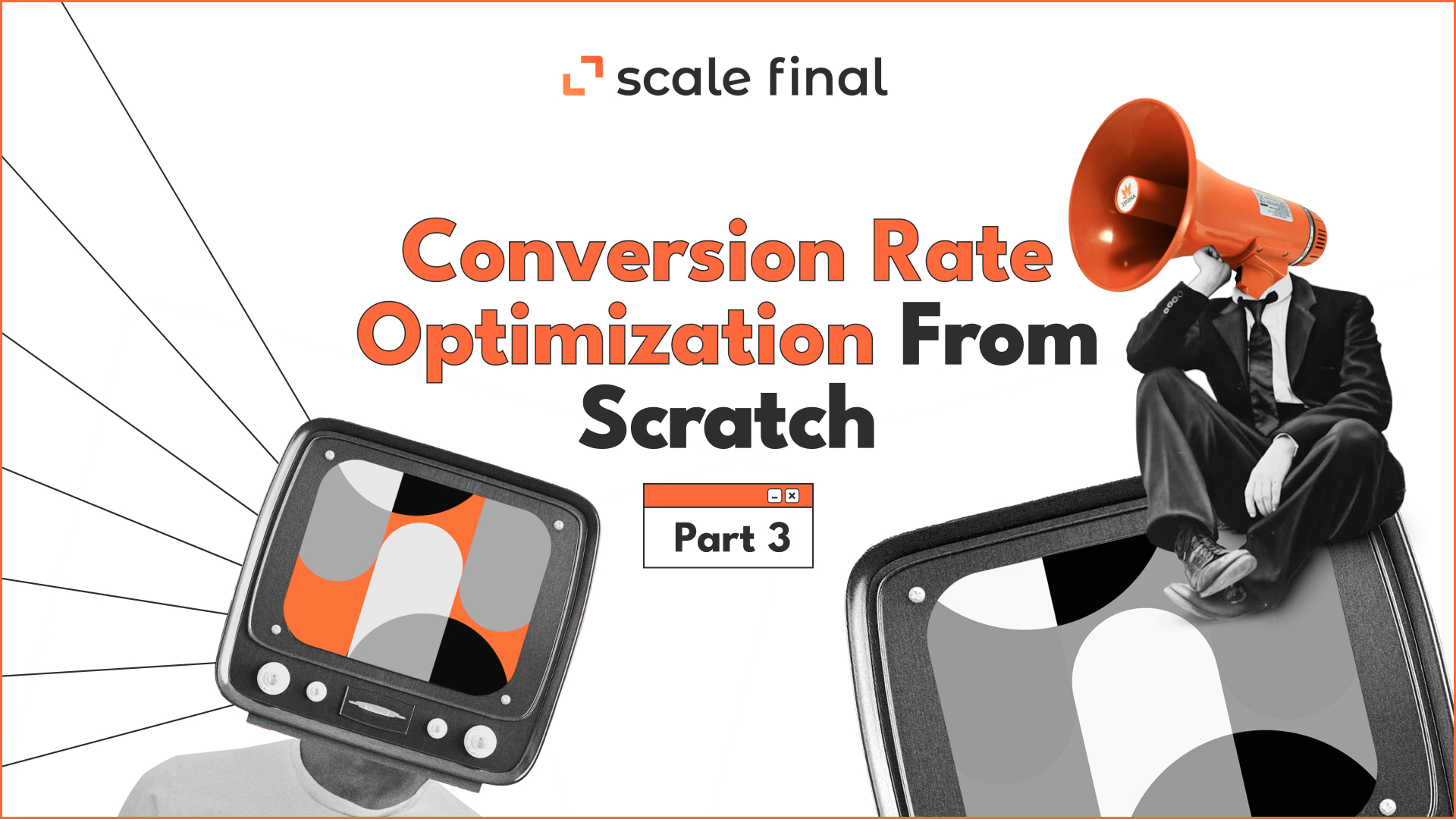
CRO from scratch. Part 3.
March 30, 2023Optimization
CRO From Scratch. Part 3 is advice on how to create, organize and communicate your product to increase conversion rates
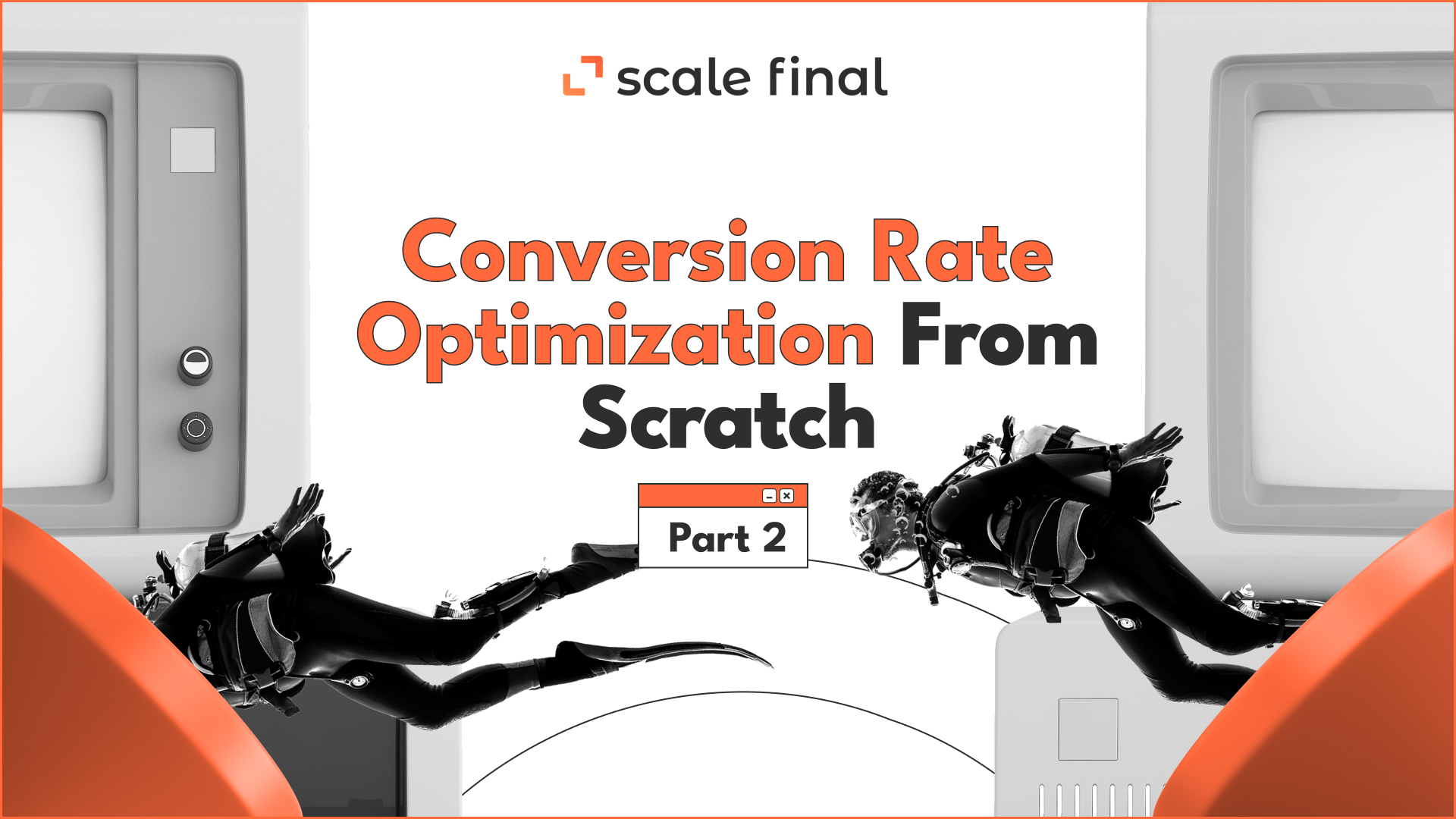
CRO from scratch. Part 2.
March 28, 2023Optimization
CRO From Scratch. Part 2 is an insightful story about A/B testing, an important part of your CRO journey. Prove your hypotheses with testing.
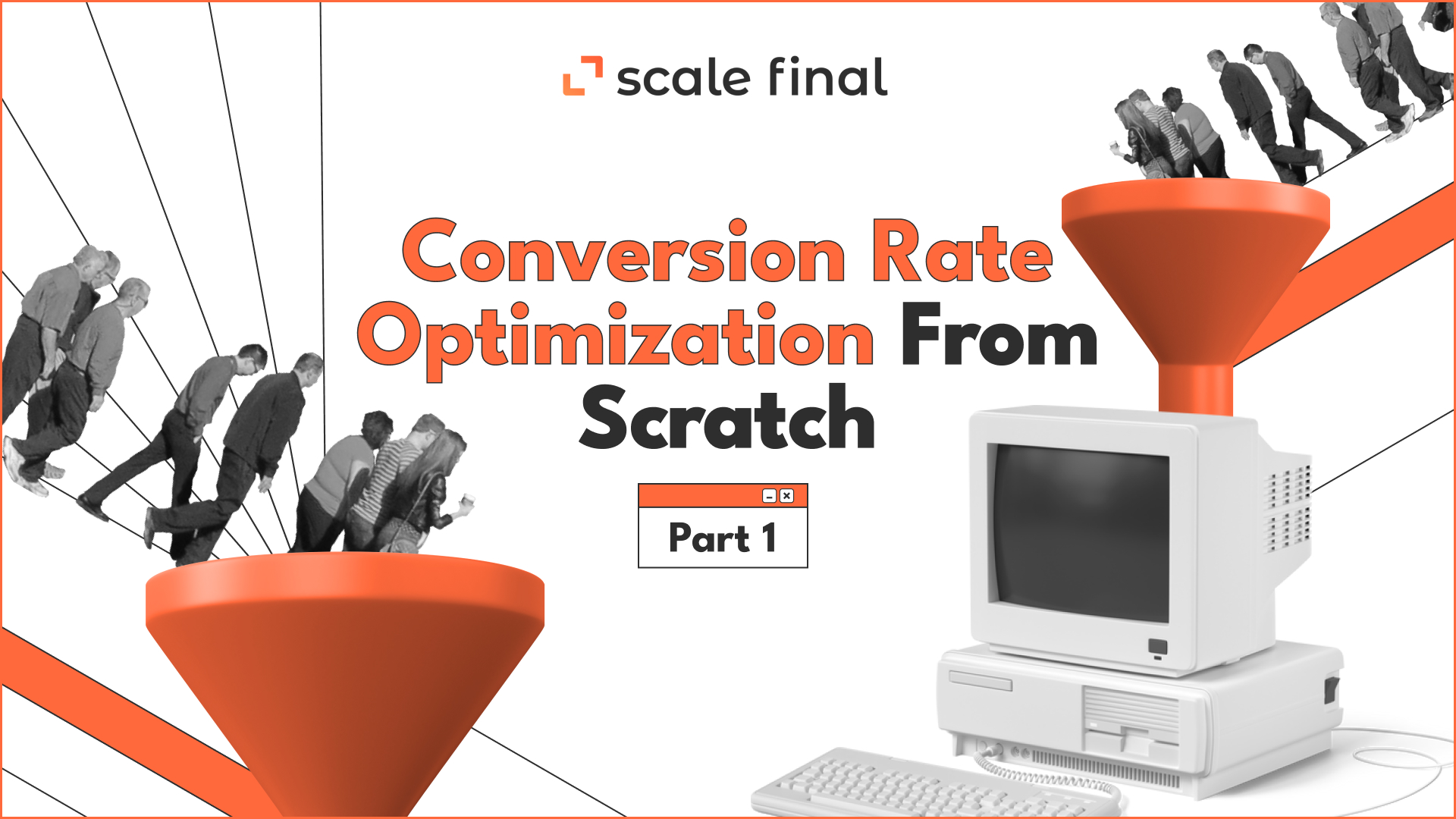
CRO from scratch. Part 1.
March 23, 2023Optimization
A beginner’s guide to how and why you need to optimize your conversion rate to achieve your business goals. Part 1.




